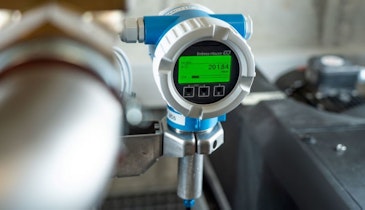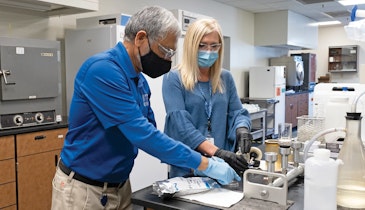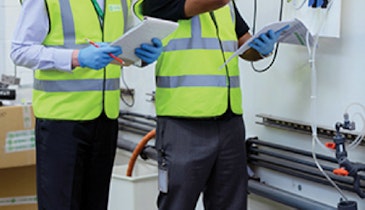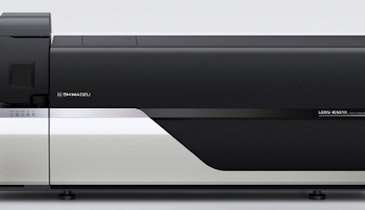
DBPs are trihalomethanes, haloacetic acids, chlorites, halonitromethanes and other halogenated organic compounds. These compounds are proven human carcinogens.
Council Directive 98/83/EC of Nov. 3, 1998, on the quality of water intended for human consumption, requires all suppliers of drinking water for the population within the European Union to monitor the concentration of trihalomethanes (total). The standard specified in the directive is: 100 μg/L.
Determining trihalomethane levels using standard analytical methods requires expensive equipment and highly qualified personnel, which also means that analysis costs are very high. For these reasons, trihalomethane analysis poses a serious problem for companies that supply drinking water.
Initial situation
Two drinking water treatment plants in northern Bulgaria with laboratories accredited under BS EN ISO/IEC 17025 were using DR3900 spectrophotometers.
The first plant, Dunav EOOD, is located in the city of Razgrad. It delivers drinking water to 82 jurisdictions with a total population of 118,874 people. It has a self-monitoring program to analyze trihalomethanes from 67 stations.
The second plant, Water Supply and Sewerage, is located in the city of Targovishte. It delivers drinking water to 188 jurisdictions with a total population of 118,671 people. It too has a self-monitoring program to analyze trihalomethanes from 110 stations.
Both of these drinking water companies treat their water with chlorine, and according to their self-monitoring plan, they were sending samples for trihalomethane analysis to external laboratories once a year. This data was then submitted to the Bulgarian Ministry of Health.
Solution
A decision was made to extend the scope of accreditation of both laboratories by introducing the THM Plus method (reference number 10132). The scope of testing is from 10 to 600 μg/L, which has completely fulfilled the customers’ requirements. The method underwent validation at both laboratories using DR3900 spectrophotometers. For the validation process, CRM (certified reference material) for trihalomethanes in water was used. The method was validated using three concentrations for the standard solutions and ten measurements were performed for each concentration.
Conclusion
Based on the validation performed, the method showed stable and reliable results at both laboratories. Following an inspection performed by the Bulgarian Accreditation Service in accordance with BS EN ISO/IEC 17025, the THM Plus method has been accepted as a routine method at the laboratories and is now included in the scope of accreditation.
Benefits
• Analysis costs reduced by 30 percent
• Fast and easy method for quality control of drinking water delivered to end users
• The Hach instrumentation and reagent kit is easy to use, enabling accredited analysis at the drinking water suppliers’ lab oratories. This provides faster turnaround times than waiting for external analysis.
• No need to purchase expensive and complex equipment and no need for highly qualified personnel.
For more information, visit www.hach.com.
To see full validation results, download the case study.
Download Case Study




